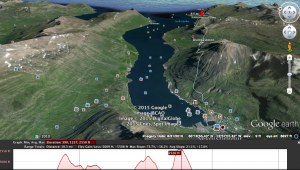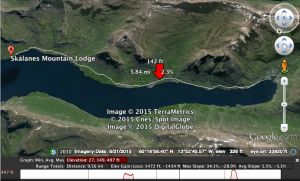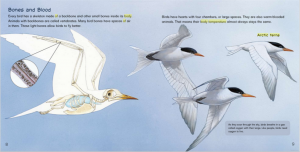This week Nic and I spent time brainstorming and testing the thermal camera. We were able to see squirrels from approximately 15 meters away. Squirrels have a body temperature of about 36-38 degrees C and the arctic terns have a body temperature of just over 40 degrees C. The terns are a little bit smaller but being able to detect the squirrels is a great indication of what our success with the camera could look like. We are still trying to figure out the best way to test aerially. We could use water bottles with water, heated to the correct temperature. Right now however, we need to figure out if this is going to be the best technology to use, because the set-up might prove to be a little difficult. First we would need to mount the camera with Sugru (not very difficult). However figuring out how to make the camera take the photo or live feed a stream might be difficult. It looks like right now our options are either to try and open the camera and wire something into it that could stream the feed (not sure if this is possible), or we can start looking at other technology. One option that Ben and I discussed early on in the year is Flir One Thermal Vision. However the website for the technology is very poor so finding information has proved difficult, however it is basically an attachment to a smartphone that displays thermal image.
Latitude and longitude for the the yellow point on the map below for the internet:
65°17’39.06″N
13°54’30.42″W

 he issue of improving internet at Skalanes I did some research into the topography between the Skalanes lodge and the ferry station where the internet antenna is. I used google earth to draw a line from the ferry station to the lodge. It turns out that the are some mountains over 2,000ft in between which could be a large
he issue of improving internet at Skalanes I did some research into the topography between the Skalanes lodge and the ferry station where the internet antenna is. I used google earth to draw a line from the ferry station to the lodge. It turns out that the are some mountains over 2,000ft in between which could be a large  obstacle in the implementation of a balloon. Although the signal ‘curves’ it still seems like it would be hard to make the internet here more reliable this way. The screenshot on the left shows the topographic 3D map from the ferry station, looking down the fiord towards Skalanes.
obstacle in the implementation of a balloon. Although the signal ‘curves’ it still seems like it would be hard to make the internet here more reliable this way. The screenshot on the left shows the topographic 3D map from the ferry station, looking down the fiord towards Skalanes.